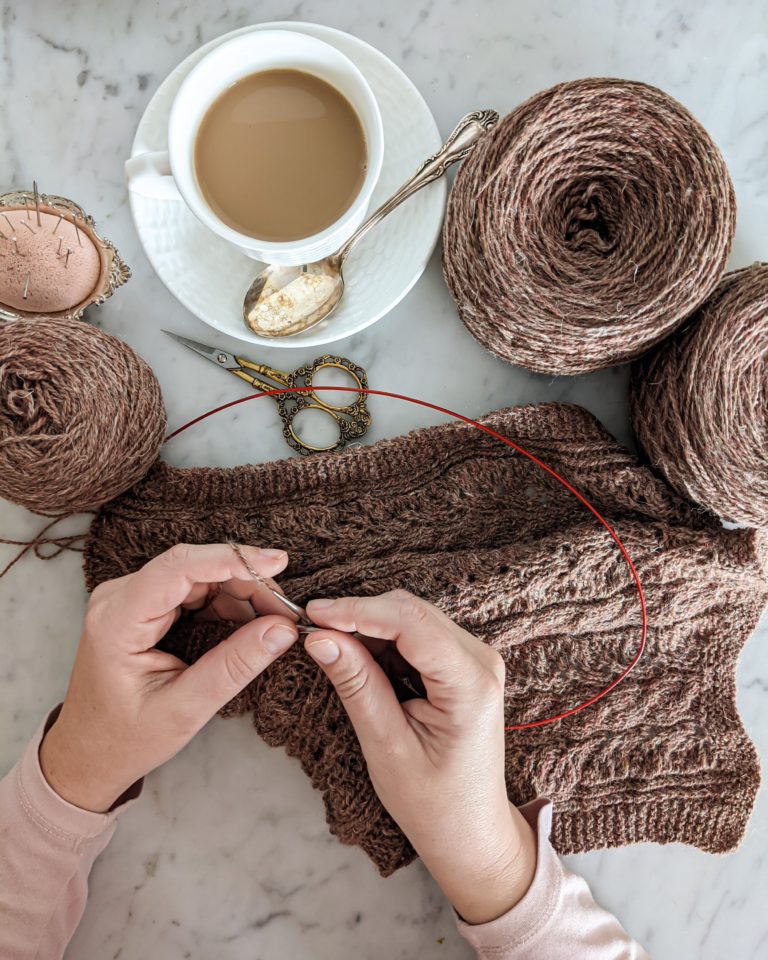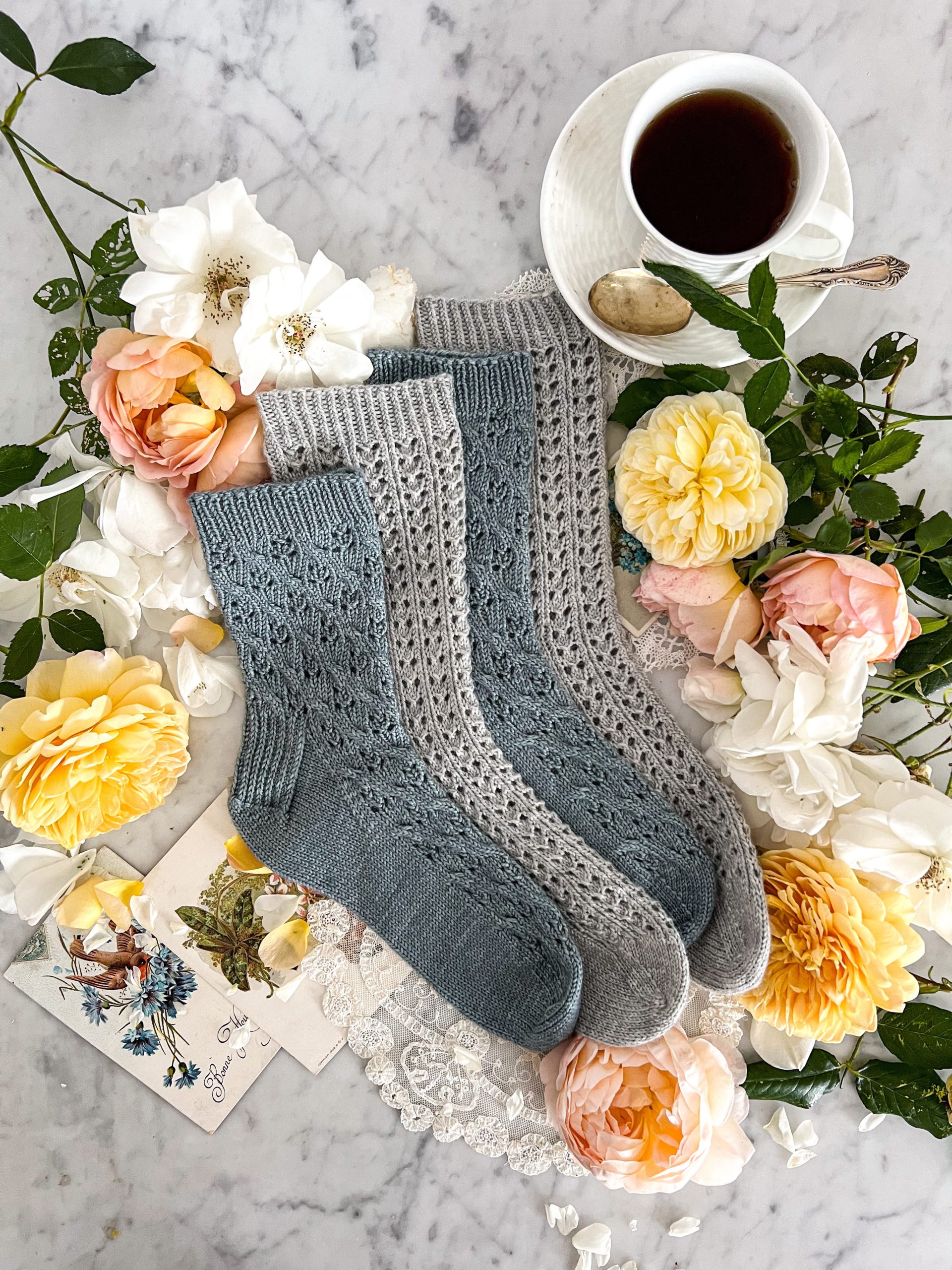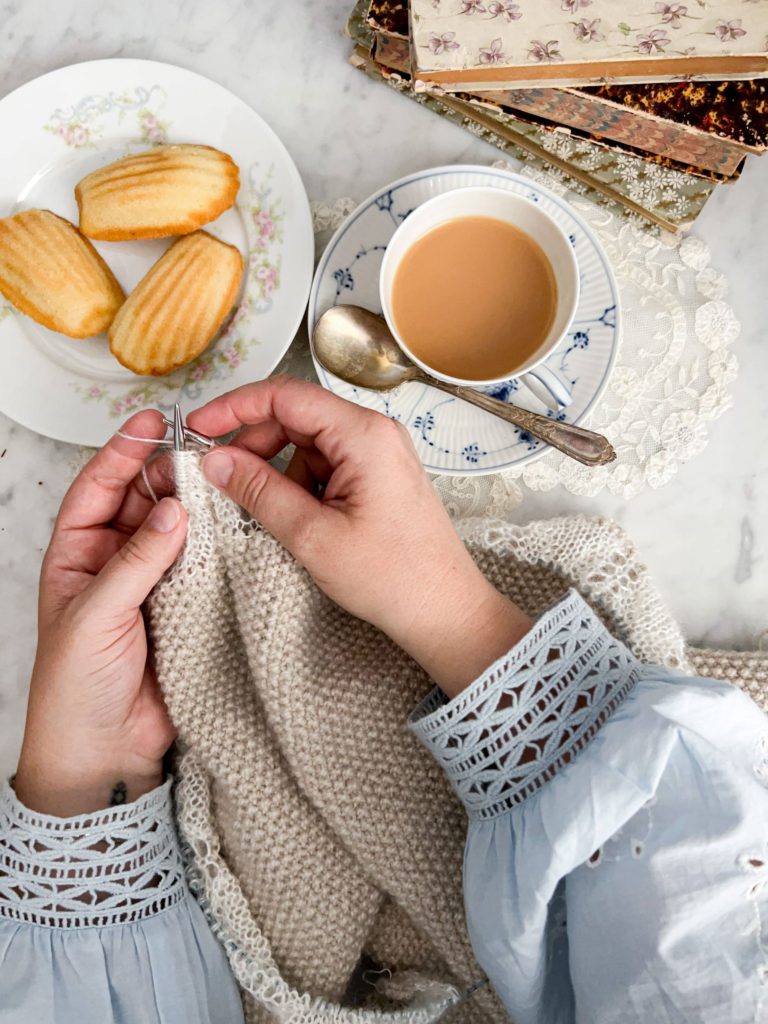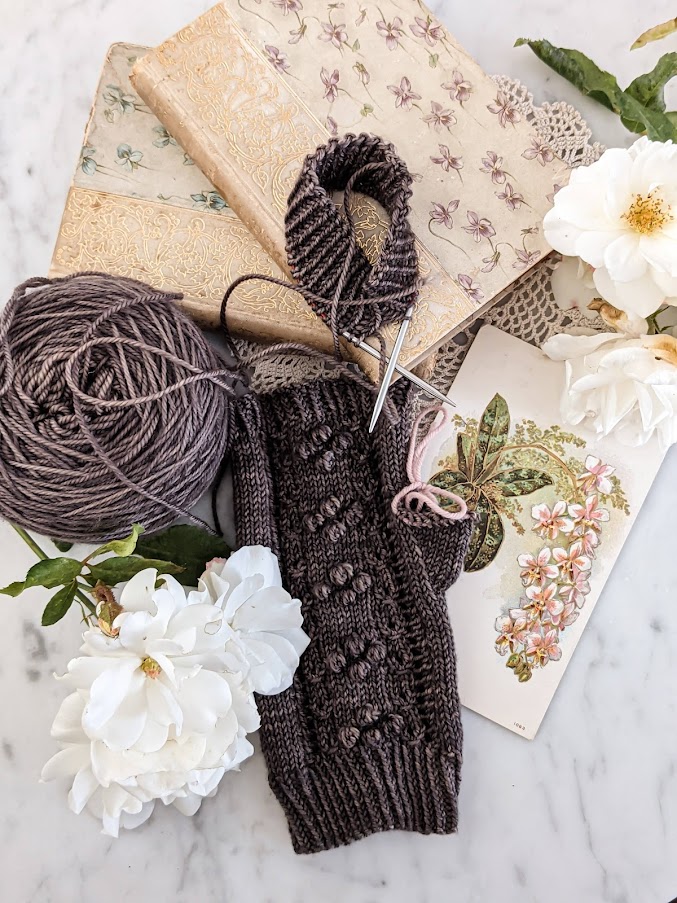Last weekend, I unexpectedly wound up with some free time on my hands, a skein of yarn, and a friend with a birthday coming up. I knew there was only one path forward.
I was knitting a hat. In one weekend.
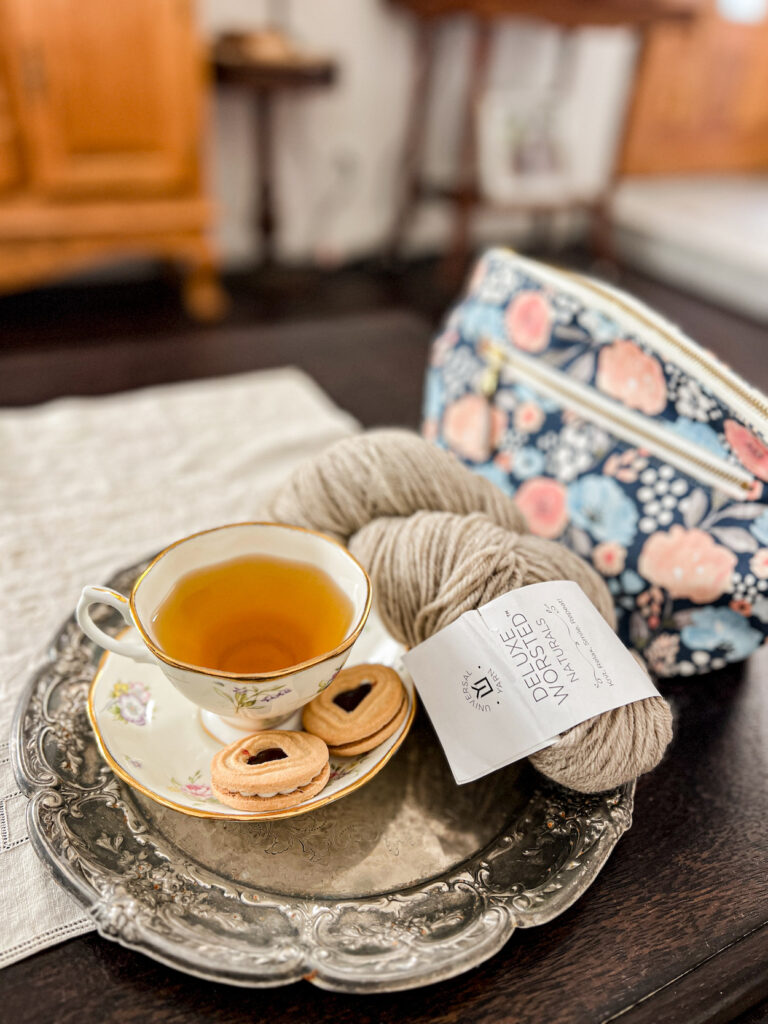
And listen, it was worsted weight yarn, so it wasn’t like this was an outlandish goal. Not by any means.
On the other hand, it did still require a good bit of effort! And I learned or rediscovered a few things along the way, so I thought I’d share them with you here.
1. Listen to your body.
Knitting marathons are fun, but we need to make sure we pay attention to the signals our bodies are sending. If you start feeling pain or discomfort, that’s your sign to stop and think about what’s happening.
Sometimes that discomfort can easily be fixed, and other times, you need to take more drastic measures. Regardless of what kind of discomfort it is, though, trying to power through it is unlikely to improve the situation.
I know. I hate having to admit I’m a breakable human, too. Still, an ounce of prevention vs. a pound of cure and all that.
Over the course of my weekend knitting session, I noticed all sorts of signals from my body that I needed to pay attention to: hunger. Thirst. Sleepiness. Stiff joints and muscles. A tingling in my fingertips from where the yarn rubbed them too many times. A slightly irritated indentation where I tension my yarn. Listening to these signals helped keep them from getting out of hand.
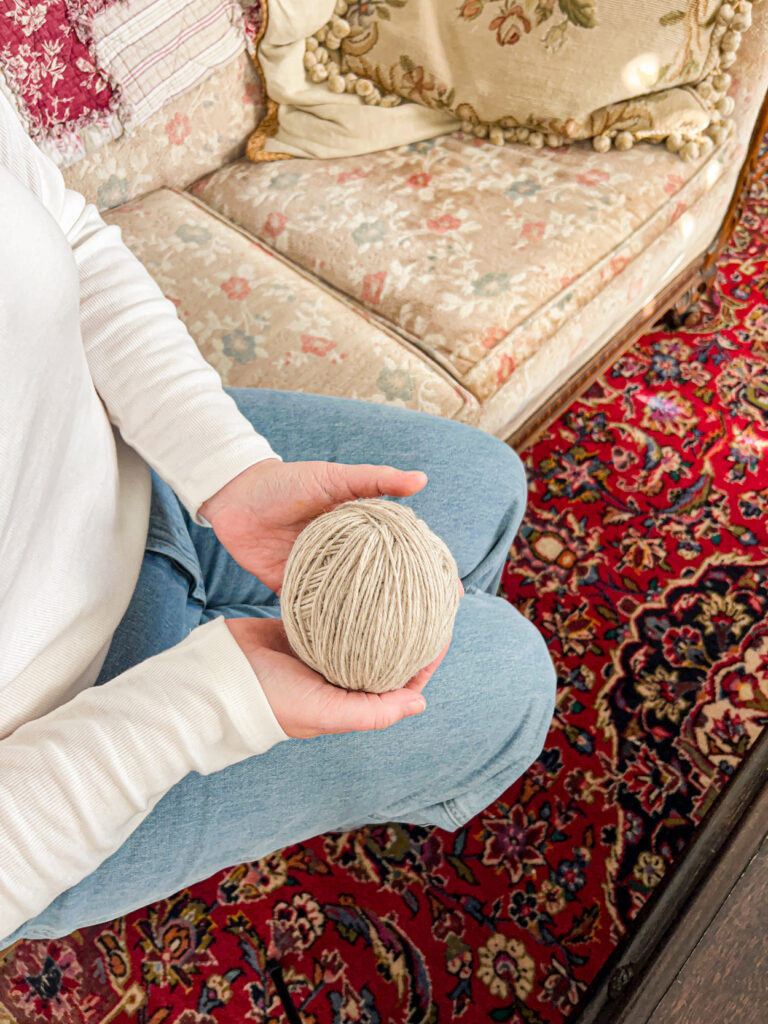
2. Take breaks.
Sometimes, taking a break helps you listen to your body. Other times, listening to your body will tell you that it’s time to take a break.
And in any event, breaks are good for you. They’re good for your hands and wrists, which bear the brunt of your stitching movements. They’re also good for your eyes, which need to periodically be focused on something farther away from you to prevent eye strain.
Perhaps most importantly, they’re good for your brain. If you’re working on a complicated pattern, it’s nice to relax a bit and focus on something less intense. If you’re working on a relatively mindless project, the reverse is also true: it’s nice to give your brain a chance to engage in something a little more challenging. Read a meaty article or have an interesting conversation during your break.
Or, yanno, scroll TikTok for longer than you meant to (not that *I* would ever do that, oh no).
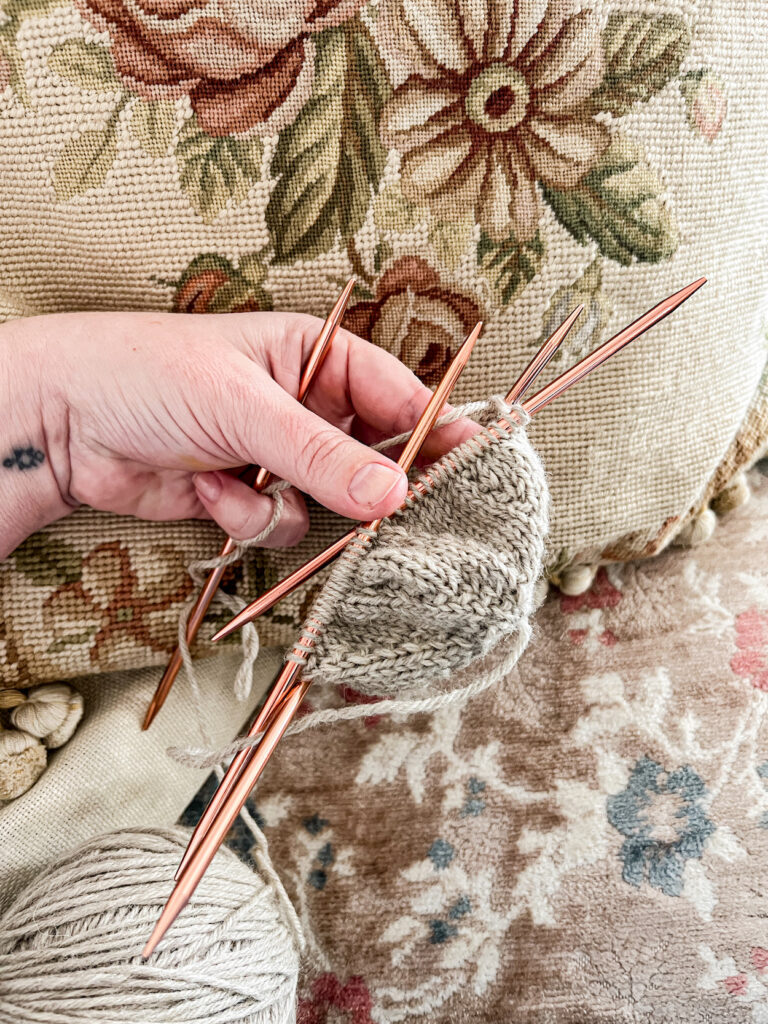
3. Change up your motions.
Knitting the same project for an extended period of time can mean our hands are making the exact same stitching motions in a way that doesn’t happen if we’re working on multiple projects and switching between them.
For example, the hat I knit last weekend was a stockinette hat in worsted-weight yarn. I knit thousands of knit stitches in the same size yarn on the same needles, which means I basically did the exact same thing thousands of times. The larger the yarn and needles, the larger the motions, which meant I was also using my muscles in ways I wasn’t used to doing (I’m mostly a fingering-weight girlie).
Toward the end of the first day, I was starting to feel it in my forearms. Luckily, it was time to change things up and work on the ribbing. That different motion helped ease the twinge I’d been feeling because I started to incorporate different muscles in different ways.
If that’s not an option for you, try some other ways to get different motions for your hands and wrists. Andrea Lui, also known among crafters as The Knitting PT, has some great recommendations on her blog.
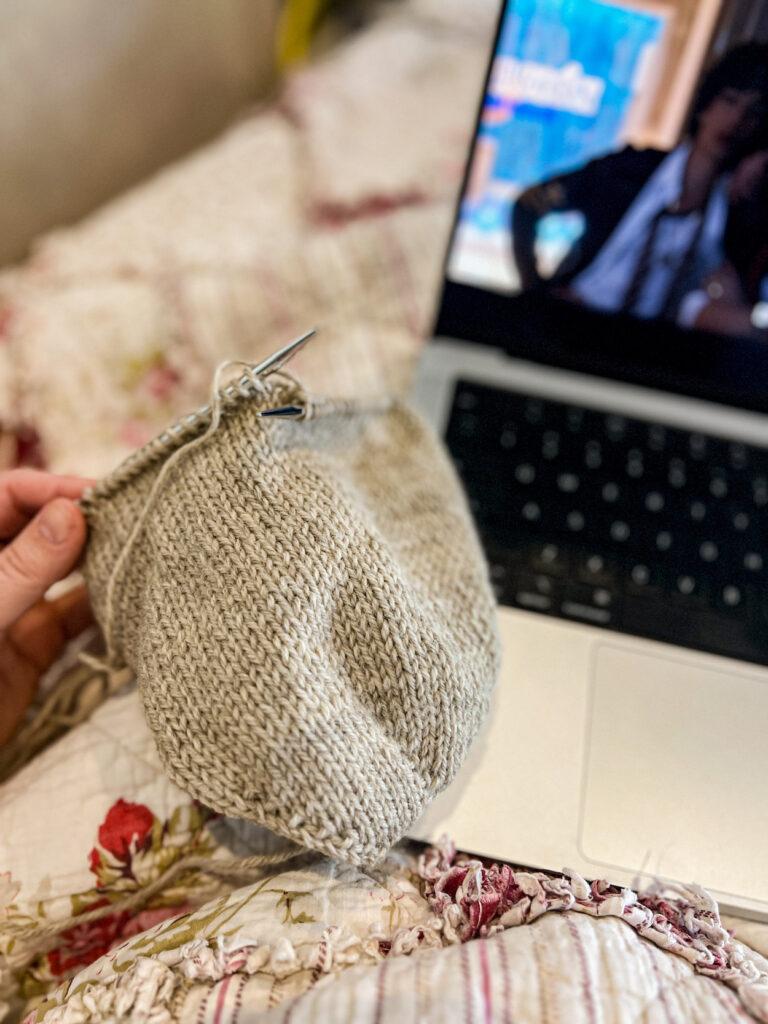
4. Sit in different places and positions.
This is a corollary to point 3, above. If your hands and arms get tired of the same motions, you’d better believe your body will get tired of sitting in the same position on the same seat for hours and hours on end.
I like to move from armchair to sofa to hard chair at the dining table and so on. This helps me put my body in different positions so I don’t put too much stress on certain joints for too long.
If you don’t have lots of different seats to use, try at least using different positions. Have your feet up for a while, then have them down on the floor. Maybe try sitting on the floor with your legs crossed (please don’t try this if you’re worried you might not be able to get back up, though).
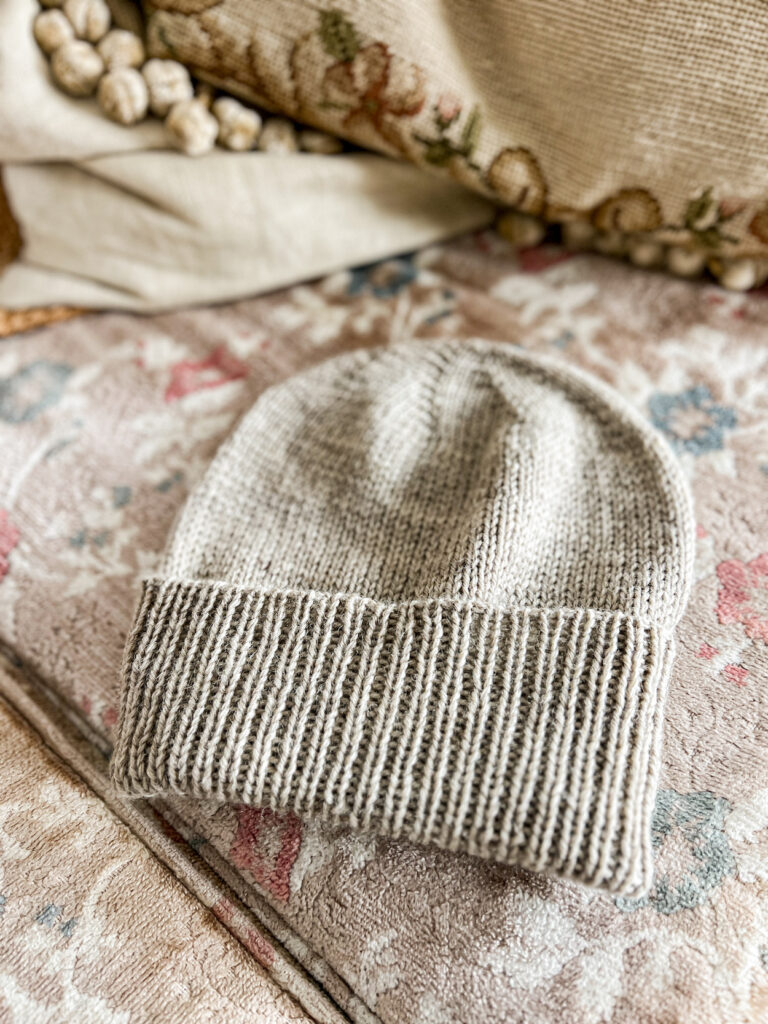
5. Stay hydrated and nourished.
Finally, it’s easy to get locked in on a knitting project and forget that you are, in fact, still just a flesh-and-bone creature that needs sustenance. You need to eat and drink, and you need to do it periodically throughout the day.
You might be able to fill some of these needs by snacking judiciously, but it’s probably a good idea to have at least a couple solid meals during the day. Water breaks can also help you remember to stretch, so you’re just being super efficient, see?
As for me? I made myself a giant bowl of sopa castellana (from a recipe I saw on Instagram) partway through the second day, and now I am kind of obsessed. So much garlic. So flavorful.
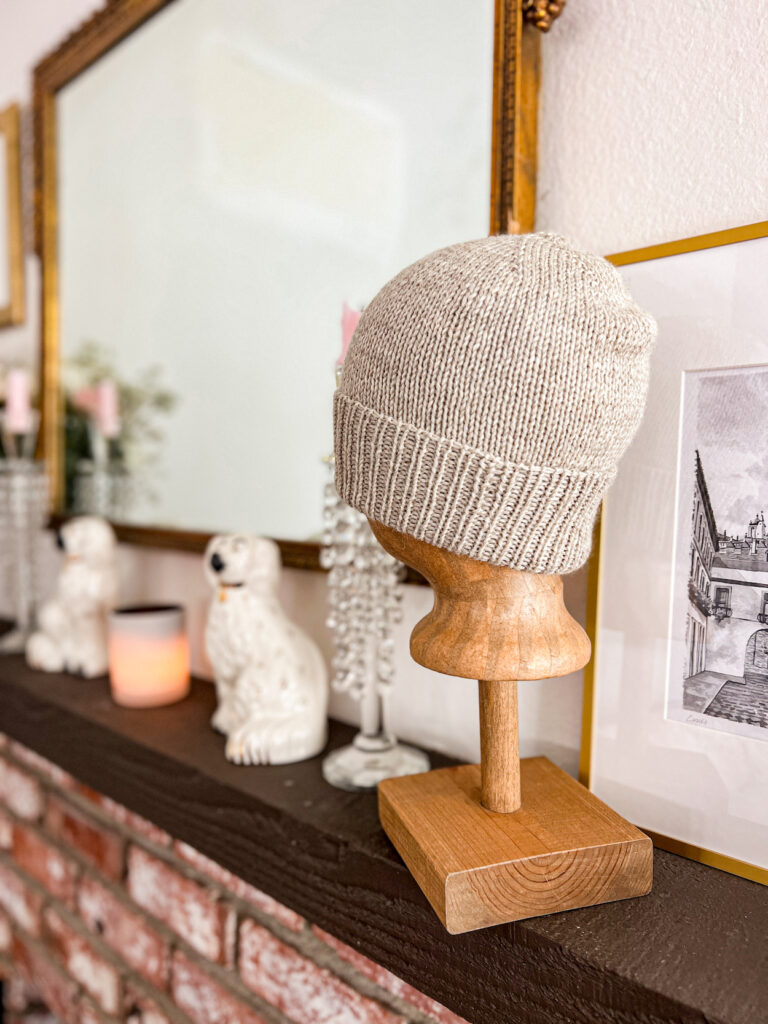
So there you have it! My weekend adventure of hat knitting helped me realize some things and rediscover a few other important things I had known and decided to forget.
Will I do it again? You betcha.

